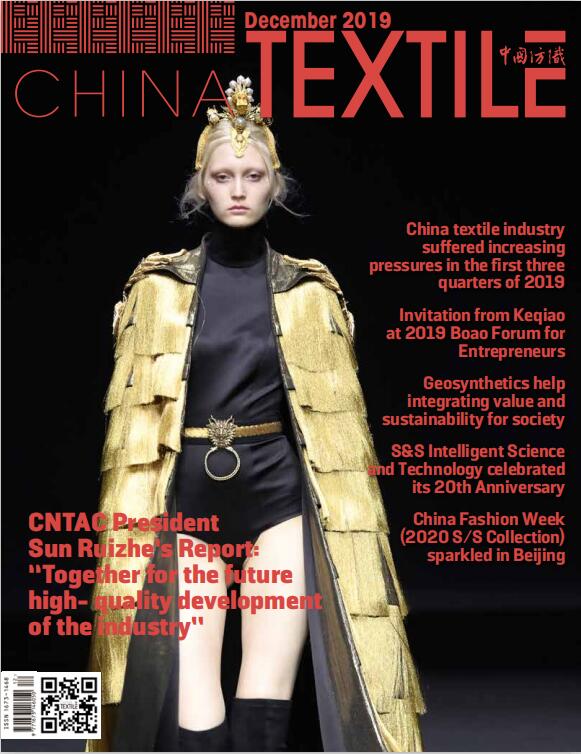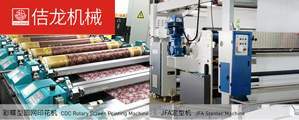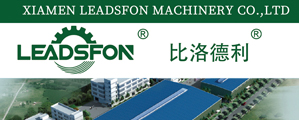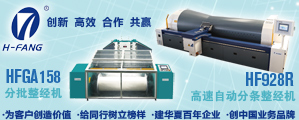China's sun protection clothing market can't keep up with Chinese consumers' expectations
Sep 04, 2024 | by Zhong Mengxia
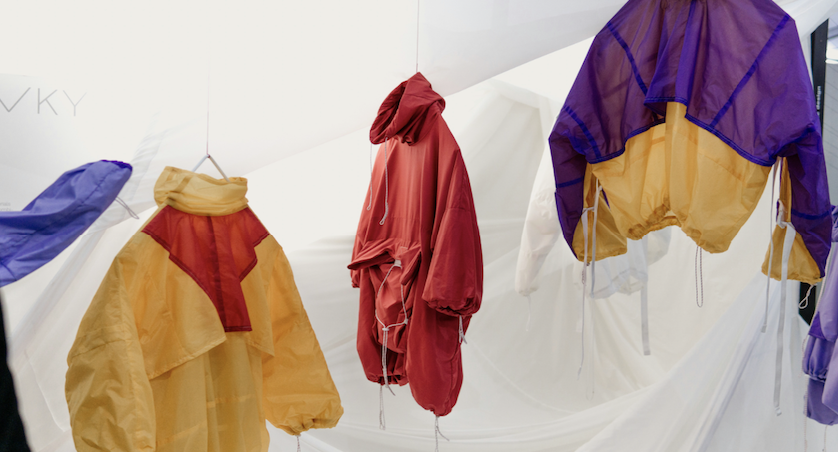
There is no doubt that UPF clothing is the hottest apparel item for the past summer. The market for sun-protective clothing has become increasingly competitive. The UPF value (ultraviolet protection factor) has emerged as a key differentiating factor, with brands showcasing their scientific and technological strengths to gain market share.
UPF continues to rise, accompanied by a proliferation of advanced black technology for sun-protection. Can these innovations truly delight consumers?
From UPF 40 to 2000+
As the concept of sun-protection continues to spread, it makes UPF clothing a must-have item for the summer closet. As a main product for brands to boost summer sales, the number of brands grabbing the track in recent years. Outdoor brands, sports brands, men's and women's apparel brands, underwear and home furnishing brands, new consumer brands emerging from online platforms, as well as white-brand OEMs have joined in producing UPF clothing. According to iDigital Consulting “China sun-protective clothing industry standard white paper” shows that it is expected that by 2026, China's sun-protective clothing with the market size of up to 95.8 billion yuan.

The UPF value indicates the degree of protection provided by the product against ultraviolet (UV) radiation. According to the standards stipulated by the State Administration of Market Supervision and relevant industry standards, the textiles’ UPF of more than 40, long-wave ultraviolet (UVA) transmittance rate of less than 5% can ensure effective sun protection. However, an analysis of the market this year reveals that some clothing products with UPF values of 100+, 1000+, and even 2000+ are now on the market.
Does a higher UPF value provide superior sun protection? Does its comfort increase in a corresponding manner?
In China's current performance standards for sun-protective clothing, the upper limit of the UPF value is set at UPF50+. The truth is, UPF 50+ is enough for people’s everyday wear, and the distinction between "UPF50+" and "UPF2000+" is negligible.
The hidden concern behind high values
"I am not sure if this clothing is sun protective, but I do know that it is uncomfortable and makes me feel so hot." Ms. Chen, who purchased a UPF clothing online, expressed her concerns to the reporter.
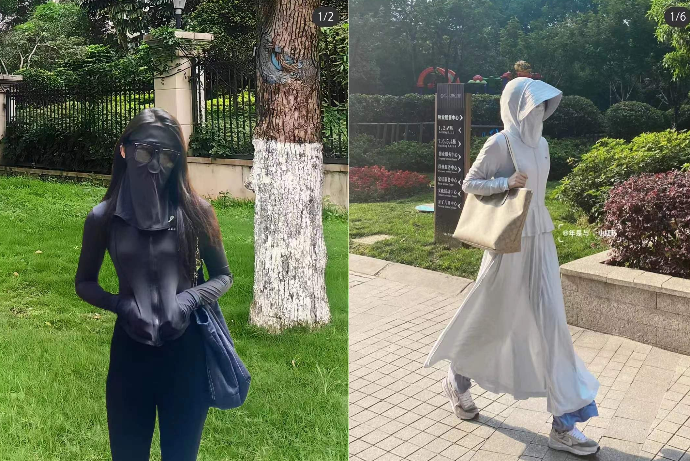
What factors contribute to this perception among consumers? A research and development professional explained that brands often use tighter, thicker, and darker-colored fabrics to improve the UPF value of clothing. This not only increases the cost and selling price of the product, but also causes consumers to feel stuffy.
“Some brands add a significant number of chemical additives to fabrics in order to achieve ultra-high UPF values. This practice reduces the breathability of the fabrics and negatively impacts the wearer's experience. And it is in direct conflict with the proposal of green production and sustainable development,” said Zhou Long, the founder of the outdoor brand FOOXMET. He believes that the brand should guide consumers towards a healthy and sustainable lifestyle.
In addition to UPF, many "cooling technologies" are emerging. "Some of the products marketed as "ice sensitive" are less comfortable to wear than regular cotton and linen garments," commented one fabric developer.
Return to the original demand
What is the optimal positioning for the R&D of sun protective clothing?
Fang Jiayan, Marketing Director of FLYTEC, an expert with rich experience serving numerous prominent sports and outdoor brands globally, offers her perspective: A superior product should initially align with the context in which the wearer is situated.
"When in an airport, station, or office, there is a need for clothing that meets social attributes and provides basic sun protection. While the clothing needs of people on an island are very different. In addition to sun protection, they may require clothing that also provides dryness and wind protection." Fang Jiayan analyzed.
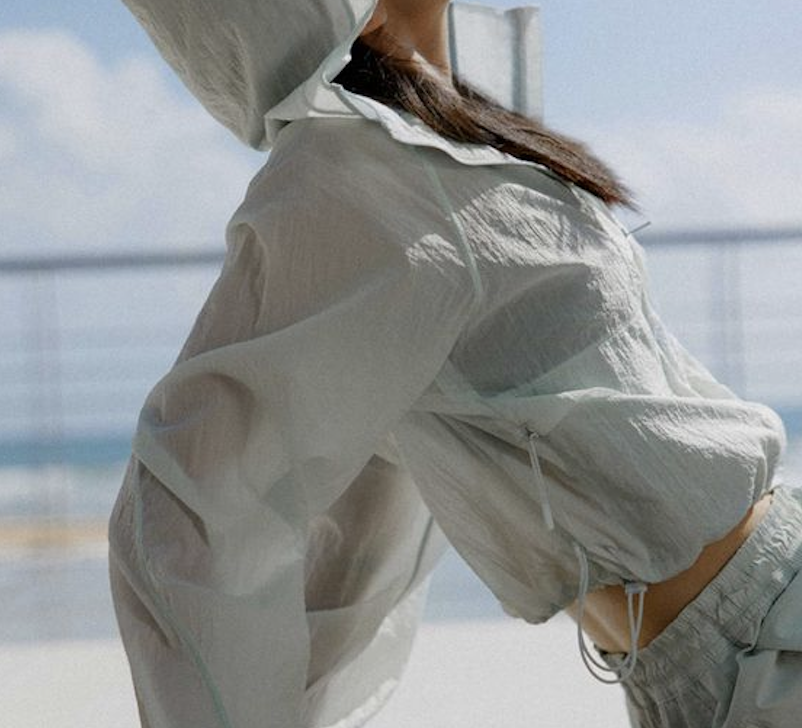
This deep insight into the scene guides FLYTEC's strategic thinking and product development. Fang said, "When we shift our perspectives, rethink consumer demand for sun protection clothing, and identify those overlooked needs, we will realize there are numerous possibilities to design a sun protective clothing."
Lightweight and fashionable, leading the innovation
The predecessor of the UPF clothing is the skin coat, which is sun-protective, windproof, and waterproof. The design is lightweight and easy to carry, allowing users to cope with changing weather conditions. In recent times, sun protection clothing has been developed to offer more than just sunscreen. There is a growing demand from users for a sunscreen and lightweight portable "second skin".
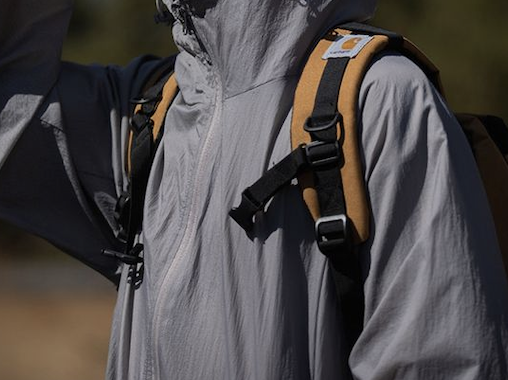
It is not enough to simply go for thin and light fabrics. Excessive lightness often leads to fabrics that cling to the skin. Therefore, FLYTEC introduces micro-muscle texture design to create a subtle air layer between the skin and the clothing, which effectively avoids the sticky feeling, and ensures a comfortable and dry wearing experience. In addition, the zoning design has also become another trend. FLYTEC R&D team has integrated the design concept of smart wearable technology into UPF clothing, and differentiated the design according to the sun protection and breathability needs of different parts of the body.
The research and development of sun-protective clothing is leading the industry to a new stage of development. We believe that in the future, sun protection clothing will no longer be just a product, but will become a display of life attitude, and will push forward the upgrade and transformation of the industry.


